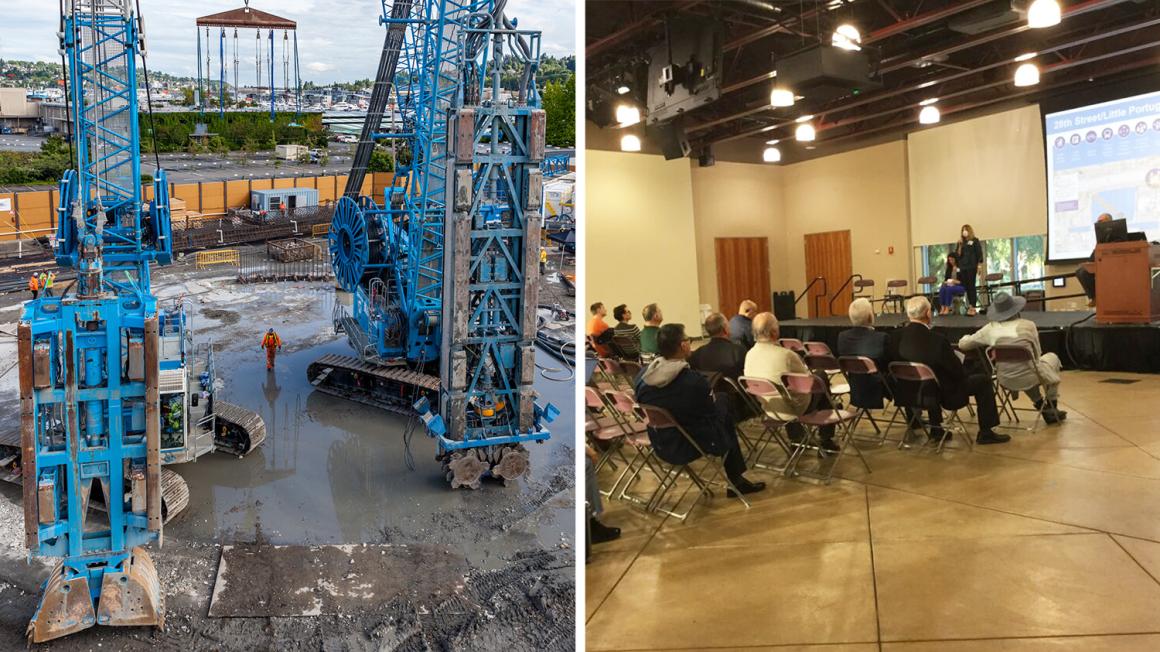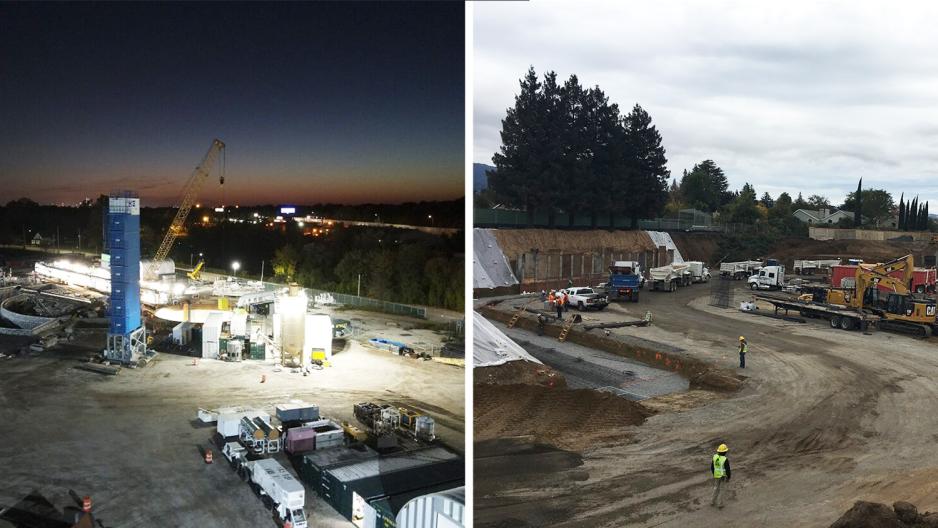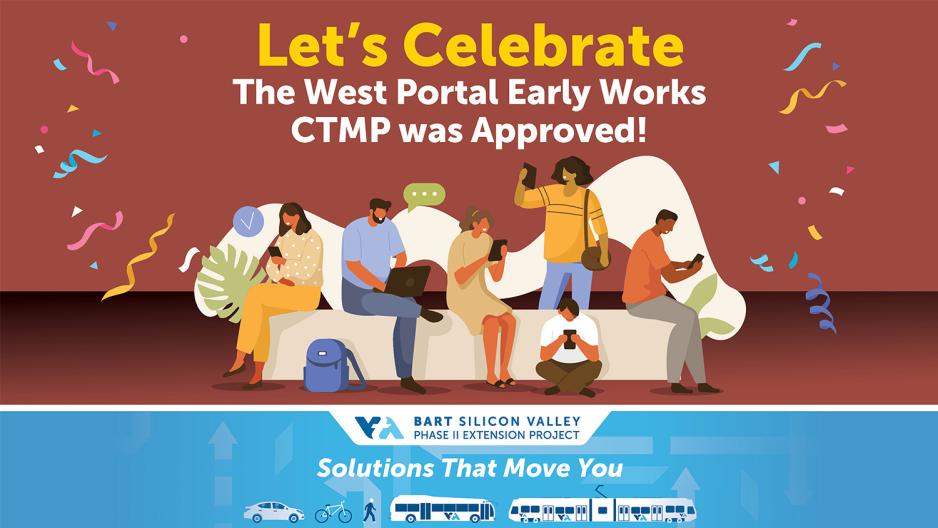To meet the environmental commitments of VTA’s BART Phase II Extension Project, VTA developed and is implementing a Construction Outreach Management Program (COMP). The purpose of the COMP is to inform and educate the public and other stakeholders about the construction methods and schedules and associated activities. The goal of the COMP is to reduce construction-related impacts on the community to the extent possible while not impeding construction progress. There are three main components of the COMP:
• The Construction Education and Outreach Plan (CEOP) outlines how and when VTA communicates with the public before and during construction.
• The Construction Transportation Management Plan (CTMP) outlines how VTA coordinates access and circulation for all modes of transportation and mobility during construction.
• The Emergency Services Coordination Plan (ESCP) outlines how VTA coordinates with local emergency services to minimize impact to their response times due to the project's construction.
As outlined in the CEOP, VTA will be implementing a Business Resource Program (BRP) for businesses near work areas once major construction begins. More details about the BRP can be found in the June 2023 BRP blog.
VTA just completed and received approval from the cities of San Jose and Santa Clara for the first of several CTMPs. The first Contract Specific CTMP developed for the Project is for the early construction activities at the West Portal. The West Portal, near PayPal Park, is the launching point for the Tunnel Boring Machine (TBM) that will dig the project tunnel. The West Portal is located within VTA’s Newhall Yard, the construction site that crosses between the City of Santa Clara and City of San José. More details about what activities will be conducted at the West Portal can be found on the project construction webpage.
CTMPs are used to coordinate location-specific access and circulation within and around specific project construction areas for all movement, including automobiles, trucks and construction vehicles, bicyclists, pedestrians, and public transportation such as buses and light rail. The CTMP is also the basis for contractor required Traffic Control Plans (TCPs), which are needed for permits for work that involves public roadways, sidewalks, and other public property or facilities.
In 2020, VTA interviewed businesses along the project corridor to get a better understanding of their needs to inform the first and future CTMPs. Questions to numerous businesses were focused on understanding how each business operates and included:
• Hours of operation, busiest times, and number of daily visitors
• Languages spoken and accessibility needs
• Number of employees and visitors that drive and where they park
• Special event considerations
• Schedule and location of deliveries, mail, and trash services
• Need for loading and unloading for passengers and/or goods and current curb type
• Need for left turns of delivery vehicles
VTA used this information to develop a framework for the contractors to add details once they determine construction means and methods based on the unique factors at each work area. As such, the resulting Contract Specific CTMPs will contain more details on the construction phasing, roadway, bike lane, and sidewalk configurations, haul routes to be used by trucks, location of staff parking, temporary roadway and intersection improvements, and working hours. The Contract Specific CTMP will be reviewed by VTA and updated if warranted.
The first approved CTMP, as well as future ones, were and will be developed through a series of engagement activities, including:
• Internal vetting processes between VTA and the contractors to ensure that the contract requirements and technical specifications are being met.
• Regular coordination with the cities, including multiple divisions and departments as appropriate.
• Meeting with local emergency providers to ensure modifications to access and circulation do not impact their ability to respond.
• Regular engagement with adjacent businesses and institutions to better understand their specific needs and how impacts may be minimized or avoided.
• Public meetings to receive input on the CTMP and answer questions.
• Each CTMP will be approved by applicable cities
For the West Portal Early Works CTMP, more than 60 meetings were held between October 2022 and August 2023. Approval was provided by the City of Santa Clara Council on June 6, 2023, and City of San Jose on August 15, 2023.
Additional Contract Specific CTMPs will be developed for future work other work areas at Diridon Station, Downtown San José Station, 28th Street/Little Portugal, and the East and West Portals As more details about the construction means and methods are developed by the Tunneling and Trackwork Contractor, VTA will reach out to the relevant stakeholders and public for input. In addition, the Contractors for the other three project contract packages will also be required to develop CTMPs for their work. More details on the different contract packages for the project can be found on the Contracting Page.
VTA also understands that the public has other concerns about construction activities beyond navigating around work areas such as dust, noise, vibration, and lighting. While handled outside of the CTMP, a series of environmental mitigations and construction best practices are placed on the contractor. Examples include:
• Installing screening around the site to minimize dust
• Utilizing wheel washing on trucks at exit points
• Direct lighting downwards and shielding to the extent possible
• Continuous noise and vibration monitoring
• Providing for security personnel on-site
VTA is excited about advancing the project to this stage and continuing to involve the public as more details about construction become available.


